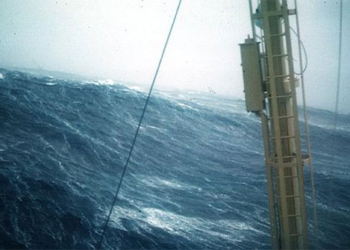On June 19, OceanGate Expeditions confirmed that their submarine had unexpectedly gone missing at sea along with five members of the exploration team. The vessel was scheduled to dive to a depth of 3,700 meters underwater, approximately 600 meters from the coast of Newfoundland.
On June 18, 2023, Titan, a tourist submarine, suddenly disappeared, and search teams have been fervently hunting for the submarine in the North Atlantic ever since, according to CBS News.
The submarine carried a captain and four passengers who each paid $250,000 to view the wreck of the Titanic. Immediately after the incident unfolded, the Coast Guard led this special rescue mission; however, in reality, it proved to be an extremely challenging task.
OceanGate described Titan as the only manned submarine in the world capable of carrying five people to depths of 4,000 meters below the ocean surface. The 22-foot vessel, made of carbon fiber and titanium, was deployed by a Canadian exploration ship, MV Polar Prince, to travel nearly 13,000 feet down to the wreck site, located on the ocean floor off Newfoundland.
In addition to the typical challenges of maritime rescue operations—such as frigid water temperatures, rapidly changing weather conditions, and pitch-black waters at night—other issues have arisen, such as radar’s inability to penetrate the ocean’s saltwater, according to The New York Times and Forbes.
Even though sonar (sound navigation and ranging), which can penetrate water with sound waves, is used, it is not an easy fix as it requires a specialized technique using “very narrow beams” to locate the small submarine at a depth of 13,000 feet (nearly 4 km), which could take an excessive amount of time, forensic geologist Jamie Pringle told Forbes.
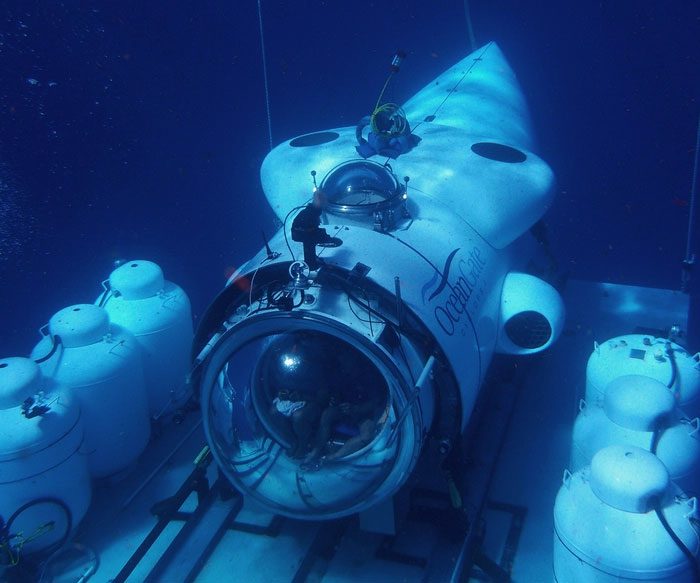
Five people are in the submarine: Stockton Rush, the founder and CEO of OceanGate Expeditions, the company operating the vessel; Hamish Harding, a British businessman and explorer; another British businessman, Shahzada Dawood, and his son, Suleman, who come from one of the wealthiest families in Pakistan; and Paul-Henri Nargeolet, a French maritime expert who has dived to find the Titanic wreck over 35 times.
Sonar May Not Be an Effective Solution
Although radar works well for tracking a ship on the ocean, below the waves, it is nearly useless. According to the Carnegie Museum of Natural History, radar uses electromagnetic waves, and the ocean—due to its massive size—quickly absorbs these waves, which can only penetrate a few meters deep. Additionally, saltwater is “virtually opaque to electromagnetic radiation”, according to JHU Engineering.
The current rescue team is utilizing sonar buoys that can detect sounds at depths of up to 13,000 feet (nearly 4 km) in the search for Titan, according to CBS News, but even this technology cannot guarantee successful detection of the submarine.
Sound navigation and ranging, or sonar, is a way to navigate through the ocean since sound waves travel farther than light waves underwater. Sonar devices send signals down into the water. If they encounter an object, the waves will bounce back from that object as an echo that the sonar transducer receives. It measures the time between when it emits the sound wave and when it receives the echo to accurately determine the object that returned the wave.
The Coast Guard reported that they had detected underwater sounds using sonar, but retired Rear Admiral Chris Parry of the British Navy told Sky News that there is “a lot of noise in the ocean.”
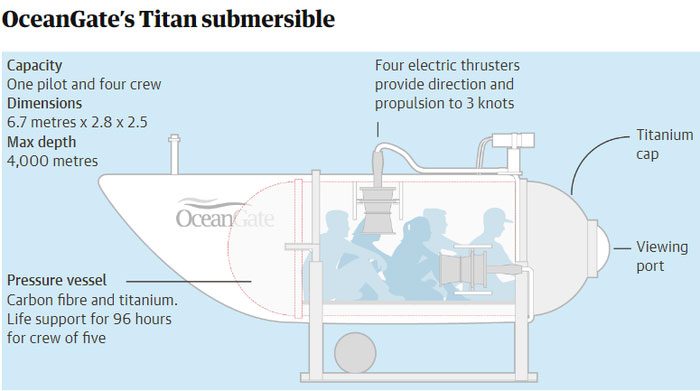
Difficult Rescue Operations
Chris Parry told Sky News that the remnants of the Titanic wreck itself could be a source of noise due to its “deteriorating structure.” Coast Guard Rear Admiral John Mauger seemed to acknowledge that the noise may not necessarily originate from the submarine, and he also described the site as “extremely complex” and filled with metallic objects, according to CBS News. At this time, naval experts are still trying to pinpoint the exact source of the noise.
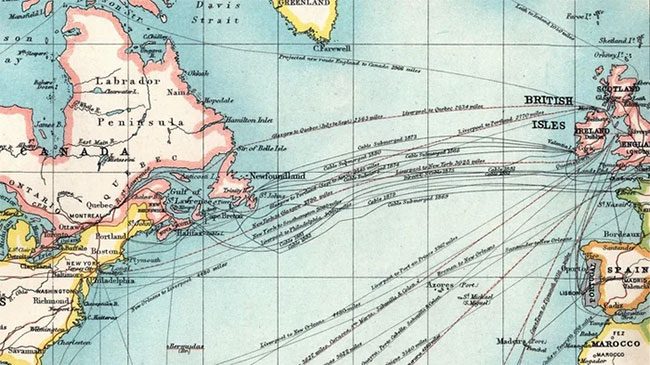
Even if the rescue teams can locate Titan, bringing it back to the surface will pose another significant challenge. According to The New York Times, if the submarine is on the ocean floor, the pressure acting upon it is equivalent to “a solid lead tower as tall as the Empire State Building.” They will need to use a remotely operated vehicle (ROV) to accurately locate it before attempting to attach cables to pull it to the surface while avoiding any obstacles in their path, according to The Guardian.
Tools Used to Search for the Titan Submarine
In addition to utilizing the previously mentioned sonar technology, the search for the missing Titan submarine involves a variety of different vehicles, particularly aircraft and ships, such as:

C-130: An aircraft operated by the United States Coast Guard to deploy sonar probing devices to detect sounds emanating from deep within the ocean.

P8 Poseidon: A multi-role aircraft from Canada known for its speed, aiding in narrowing down the search area and probability when searching for vessels like Titan.
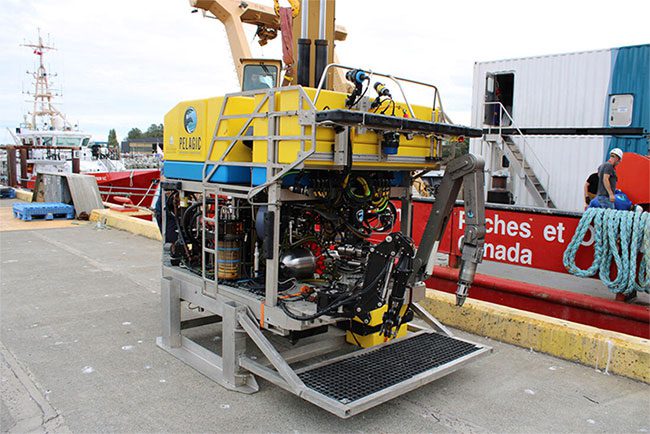
Odysseus 6K: The Odysseus 6K is a state-of-the-art remotely operated vehicle (ROV) capable of diving to depths of 6,000 meters. This vehicle is operated by the Pelagic Research Society (PRS) based in California. It is equipped with two hydraulic arms, although it is not designed to lift anything as heavy as 9.5 tons like Titan.
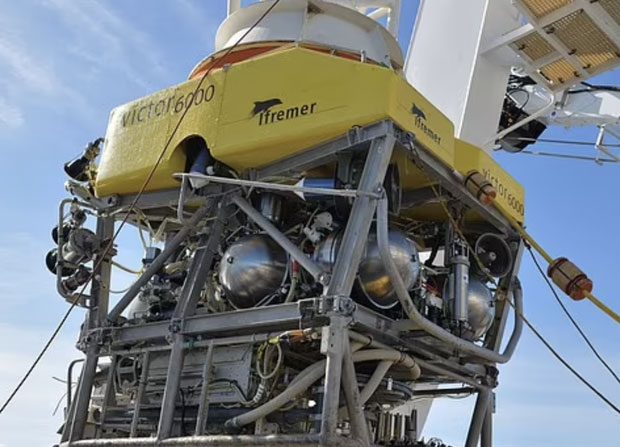
Victor 6000: The second high-tech submersible is Victor 6000 from France, deployed by the Atalante ship and capable of reaching depths of 6,000 meters. It has a similar shape and design to Odysseus 6K.
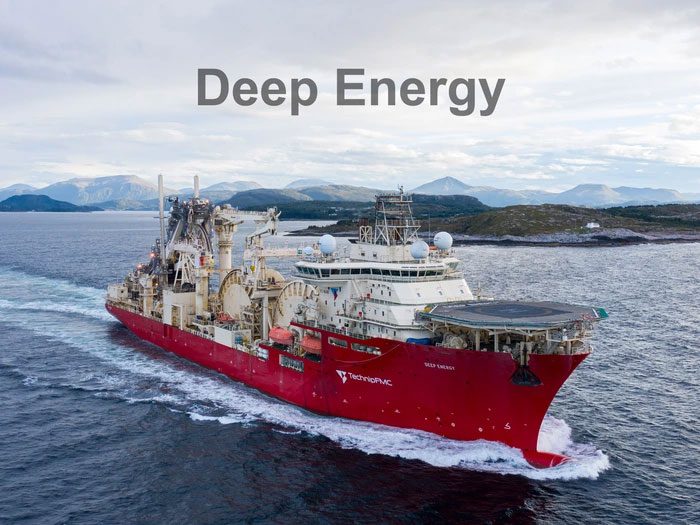
Deep Energy: One of the largest vessels ever built, capable of speeds up to 19.5 knots. The ship can lay rigid and flexible pipes at depths of up to 3,000 meters using a reel-lay method. In this mission, it can assist in sweeping the waters to search for the submarine.
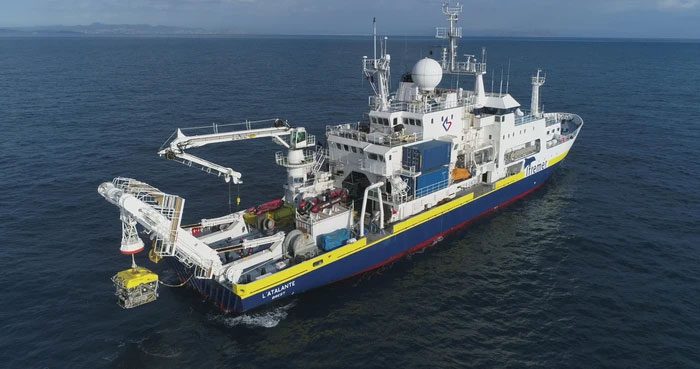
The Atalante: This French research vessel carries the autonomous robot Victor 6000, which can dive to depths of 6,000 meters, deeper than the Titanic wreck at 3,800 meters, according to Reuters. Victor has been in operation since 1999. It weighs over 4 tons, features a high-definition 4K camera, and is connected to Atalante via an 8.5 km cable that transmits 20 kilowatts of power. Victor is likely to be deployed to the Titanic wreck area for search operations.
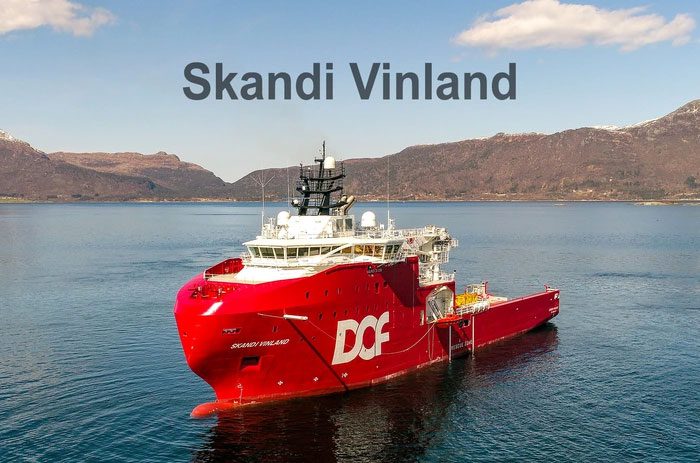
Skandi Vinland: This multi-functional offshore support vessel from Canada, built in Norway, has two ready-to-operate remotely operated vehicles onboard for searching for the submarine.
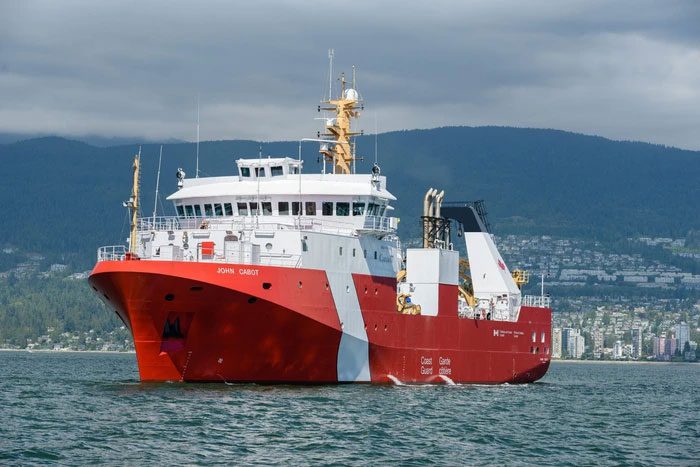
CGS John Cabot of Canada: This offshore fishing vessel is equipped to use sonar technology.
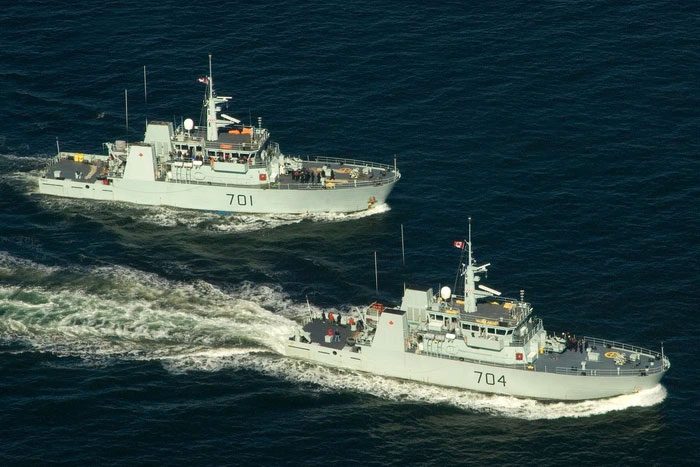
His Majesty’s Canadian Ship Glace Bay: This Canadian warship conducts search and rescue missions, providing mobile decompression chambers for those surfacing and can carry medical professionals to treat diving-related injuries.








































